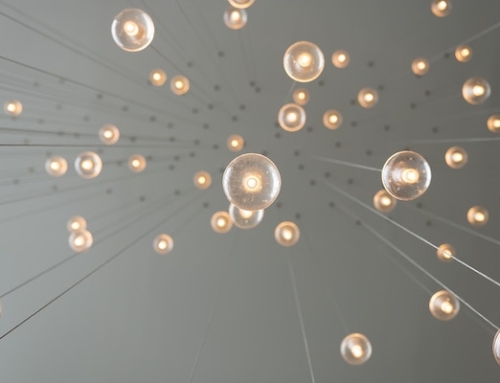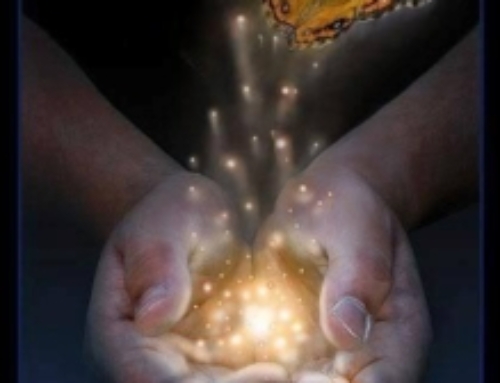We all know that life as a rhythm. We see it all around us – in nature, in birth and death, in the world. We know that things die so that others can be born. But, of course, as much as we like the talks or the nice quotes, we easily forget that it is very real and applies to each of us: the same stream of energy that runs through the world runs also through our veins on a daily basis; the same beat of our hearts; the same breath. So, little things get to die, quite routinely, and it can feel like hell, at least at first. But this is how a little bit more space get created in our very full lives so that there can be movement again – firm beliefs get chattered a little bit, projects that we thought were rolling on their own need to be revisited, new choices need to be made, old ones to be confirmed, relationships get revisited, etc.
Shifts are everything but linear. So there is no reason for this process to ever really stop, as much as we would love it to, at least at times. When physicist and philosopher of science Thomas Kuhn first wrote about “paradigm shift”, he was referring to how science progresses in periodic, transformative upheavals, and how it comes from people behaving differently, but even more importantly, actually seeing their world from a new perspective. If science progresses this way, it is because nature moves this way as well. And so do we, as human beings.
The key, of course, is to be able to be with that continuous transformation and not resist, and yet, we can generally feel the tension, and the stress. This is not necessarily a bad thing. When I personally feel stress creeping in (yes, it does happen to me as well!), I stop, as often as I can, and look at those tensions within me, seeing them as ways the Universe is keeping stretching me so I can be more, the same way lobsters crack open their shell so that they can keep growing. *
And I do one of the following practices, at times sequentially:
1. Observe how spaces get created inside your body
(Re)connect to the breath in your body (wherever it comes more easily to you to follow the breath), and start breathing deeply through the back of your body. And just watch how more space is being created within. I recommend not putting any content into it; just imagine that your breath is like a wind blowing within, creating a little bit more space where all those tensions are. Personally, I don’t necessarily go right to the places where I feel the most pain, and I generally start with my feet, so I can ground myself first and feel the support of the earth.
2. Watch spaces constantly moving in the sky (or the ocean)
Stop and intently watch the clouds in the sky, during the day or at night (my personal favorite time to do it; if it is a cloudless night, watch the stars). And lose yourself into that contemplation, watching things constantly moving in the sky and space constantly being created.
You can also do this practice with water (in particular the ocean as it gives a similar sense of infinite space).
3. Observe the flow of events in your daily life
After a while, you may move to that observation, keeping an anchor into your body and/or the infinity of space around your. Watch the events in your mind eye as if they were objects in the sky or the breath moving through your body. Watch them from a distance, with some sense of curiosity and wonder, not trying to do anything with them, and asking yourself: “What is the Universe showing me now?”
Anchoring these practices during a meditation or contemplation time (in the morning or at night) helps access it also more easily during the day: at any time, you may choose to stop doing, get back to your breath and switch to observation mode. It does not have to take more than a few minutes, but it will help create space where there might feel that there is none. And space is what you need within yourself, if you want any type of shift to happen within yourself (a new way of perceiving, thinking, taking action, etc.) as well as in your outside world.
Enjoy that space and let me know how these practices work for you!
* In this short video, psychiatrist (and rabbi) Dr. Abraham Twerski very clearly offers a different perspective on stress as a signal of growth, using lobsters as a perfect metaphor
Béatrice | Contemporary Shamanic Healer
Béatrice Pouligny
Allowing The Light
May 2018








Leave A Comment